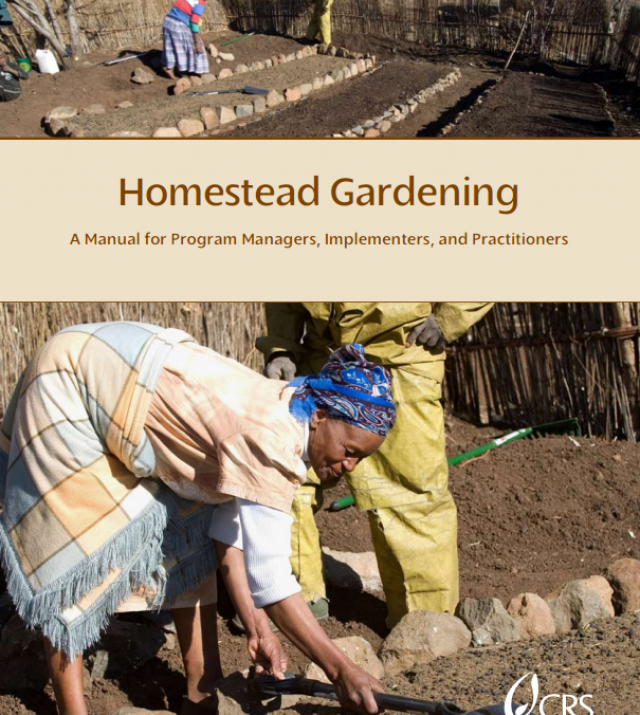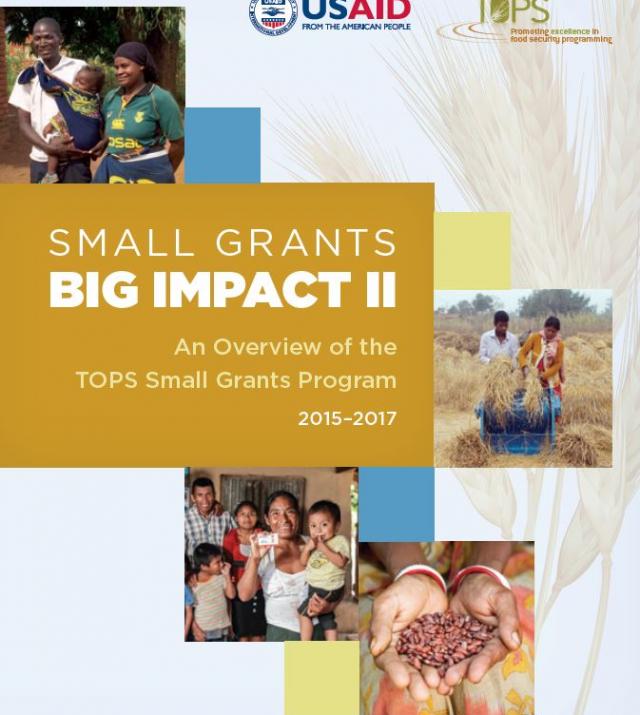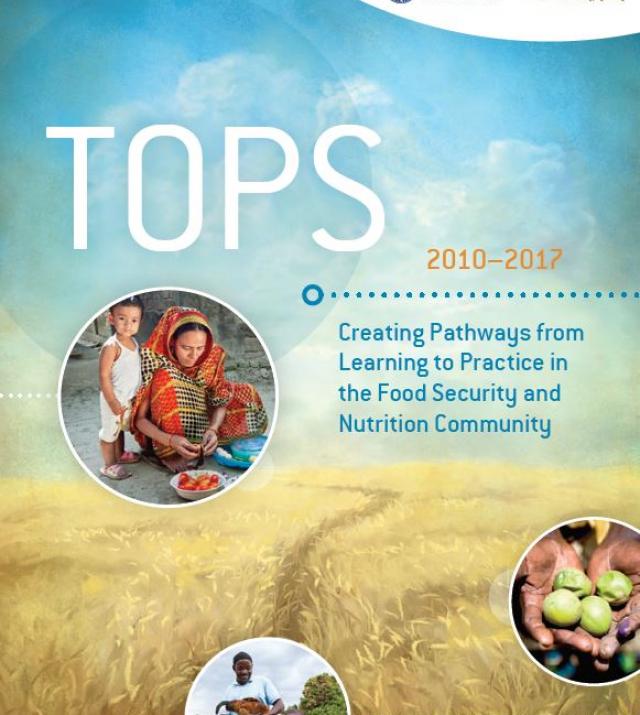
Agriculture and Environment Interventions in Support of HIV and AIDS Programming

Many CRS Country Programs (CPs) are confronted with the challenge of helping individuals, families and communities in rural areas beset with high HIV prevalence. Many persons in rural areas of developing countries who are infected with, and affected by, HIV and AIDS depend on agriculture as a significant component of their livelihood. However, there is limited practical advice to date on how agriculture and environment interventions can be used to strengthen HIV and AIDS prevention and mitigation programs in the field. This paper provides some practical ideas and options for doing this.
CRS works in partnership with local organizations, in line with the principle of subsidiarity. Not only is this an important element of Catholic Social Teaching (CST), but the literature clearly indicates that there are no “one size fits all” solutions to the problems imposed by the HIV pandemic. All effective solutions will need to be developed around the local situation and will require the active participation of people living with HIV (PLHIV), their households and their local communities.
This document includes three main sections:
- This first section discusses the CRS Integral Human Development conceptual framework. This framework provides a holistic perspective in understanding the inter-relationships between HIV, AIDS and agriculture and environment in rural areas;
- This section highlights some of the major cross-cutting issues that relate to agriculture, environment and HIV and AIDS programming;
- This section presents some of the strategic approaches and agriculture and environmental technical options available for supporting HIV and AIDS programming. It includes a table that attempts to rate various Agriculture/Environmental (Ag/Env) technical options in regards to their potential for supporting HIV and AIDS programming in different ways. A second table provides examples of how two specific interventions could be applied to support different aspects of HIV and AIDS programming. An annex provides more detailed examples of how different agriculture interventions can be applied in different aspects of HIV and AIDS programming.

